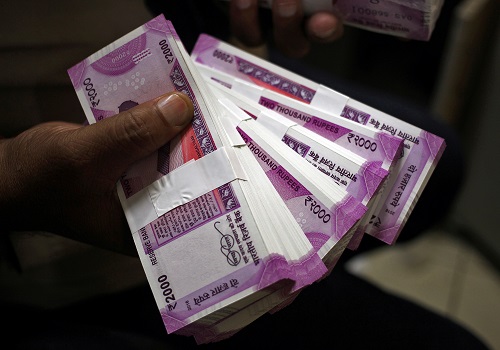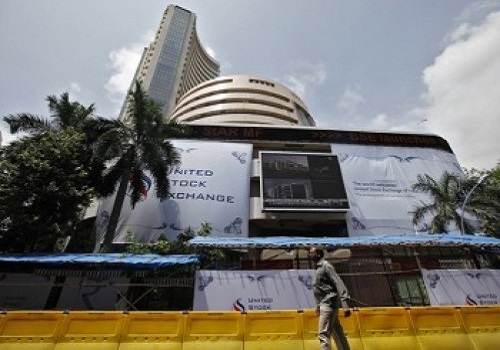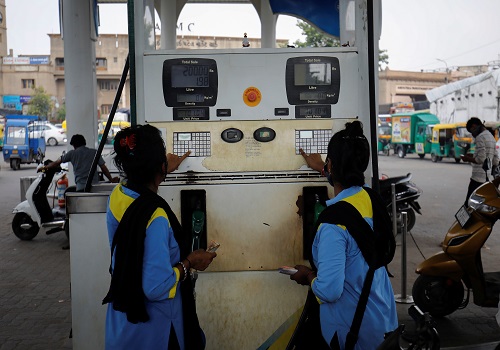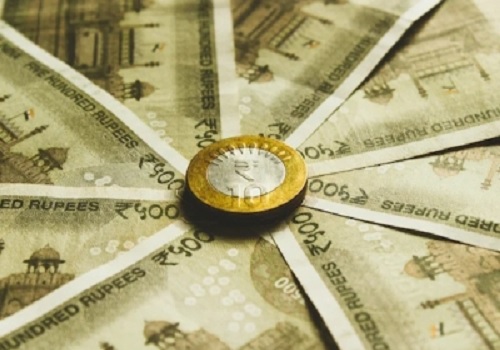Indian rupee to outperform Asian peers amid uncertain Fed rate path

Follow us Now on Telegram ! Get daily 10 - 12 important updates on Business, Finance and Investment. Join our Telegram Channel
Improving macroeconomic fundamentals have made the Indian rupee more resilient, but the central bank's 'hands-on' approach amid periods of volatility will also ensure the rupee outperforms its Asian peers going ahead, strategists and analysts said.
The rupee has dropped 1% versus the U.S. dollar so far in February, as uncertainty over the future trajectory of the Federal Reserve's rate hikes rocked markets globally, but its losses have been lower than most other Asian currencies.
Ahead of the latest rate increase in February, markets were expecting just one more hike from the U.S. Fed, but a series of robust economic data since then has prompted investors to call for two-to-three more raises.
Dollar strength is expected to continue to pressure all Asian emerging market currencies, but the rupee is likely to be better insulated due to improved macro fundamentals and also the active presence of the Reserve Bank of India, strategists said.
"The rupee's carry is attractive and volatility is low, while equity inflows and lower oil prices are supportive," said Ashish Agrawal, head of Asia FX and EM macro strategy research at Barclays.
A currency carry trade is a strategy where a high-yielding currency funds the trade with a low-yielding currency.
India's merchandise trade deficit has fallen to a 12-month low as of January, reducing concerns over the widening current account gap, a key risk to the rupee.
The reducing trade gap is positive but the RBI's presence is a major force behind the rupee's stability, Agrawal said.
"This is not the case in some of the other markets. RBI...is a little more hands-on, so that's likely to contribute to rupee's resilience, and while others are weakening, it will now outperform."
The RBI sold dollars in both onshore and offshore markets to keep the rupee stronger than 83 and to prevent it from slipping to fresh record lows amid the recent dollar rally.
The Indian central bank has stated publicly it does not defend any particular level of the currency but intervenes to smoothen volatility and avoid extreme moves in the currency.
The RBI sold about $46 billion in the spot market in 2022, when the rupee ended as one of the worst-performing regional currencies. The currency underperformed its peers between November 2022 and January 2023.
"We continue to look at the rupee's recent underperformance as a potential opportunity to position for strength against North Asian currencies like the South Korean won and the Taiwanese dollar ," said Chidu Narayanan, Asia rates and FX strategist at BNP Paribas.
Those economies are also likely to suffer from a worsening outlook for global manufacturing, which India is shielded from due to its strong domestic demand, said Wei Liang Chang, FX and credit strategist, DBS Bank.
"That's probably a bit more negative for the North Asian currencies versus the Indian rupee."












 320-x-100_uti_gold.jpg" alt="Advertisement">
320-x-100_uti_gold.jpg" alt="Advertisement">












